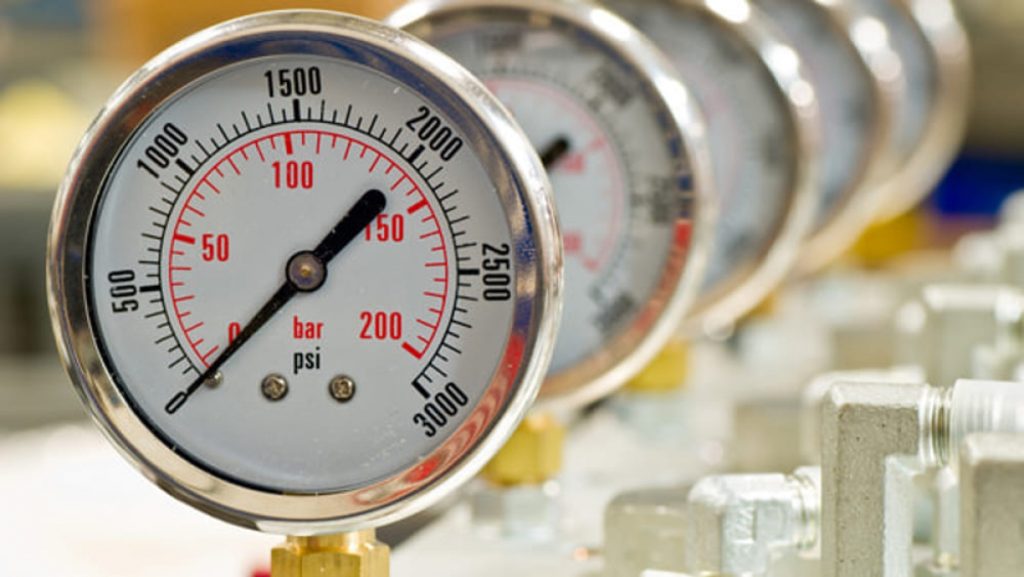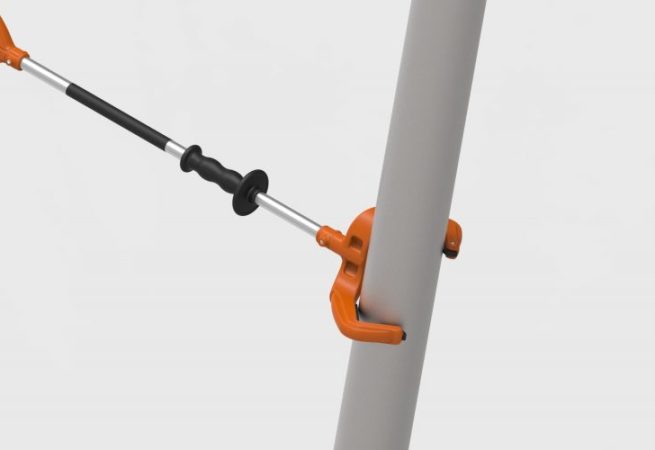

Cash buyers: Game changer in real estate market
Are you wasting your money in search of best home buyers? No need to waste your time and money to search the buyers because you have other option called cash buyers. What you have to know about them? They are the buyers who purchases the properties and will pay the money to the sellers. You will be wondered to know the process will be finished in just a week. If you don’t believe just give it a try at https://gordonbuyshomes.com/we-buy-houses-orange-county/. Most of the people are unaware of the cash buyers so we are here to help you in providing more information about them. They have become more popular these days as they provide many benefits as well as best services to the sellers. The sellers need not to get tensed after approaching them because you will not be given any stress during the process. It is the most flexible method for selling the property in less possible time.
Be specific while choosing the buyers
Many of the cash buyers are available but it is important for a seller to select the most trusted among them. There are certain things you must consider before approaching them like you have to check whether they are renowned or not. You can verify the reviews of the people who have already had experience of selling the home. By verifying all the factors you can decide whether to choose them or not. The best thing if you choose them is you need not to do any repairs and no commissions. You can directly contact the buyer and can sell the home directly to them and you will be given money after the deal Closure. You can directly leave the home without any cleaning and you can leave the things which you find useless. Thus it is very much flexible and safe for the sellers. If you need an extra information you can directly contact the buyers and the details of the contact are available in the website. They will help you in every aspect until the end of the process.

How often should gage calibrations be performed to ensure accuracy?
In order to keep gauges and other measurement instruments as accurate as possible, calibrations are absolutely necessary. Standard alignments are important to guarantee that these gadgets give solid and exact readings. Be that as it may, deciding the recurrence at which check adjustments ought to be performed relies upon a few elements, like industry guidelines, instrument use, and natural circumstances. The gage calibration is a critical process that ensures the accuracy and reliability of measurement instruments.
One of the essential contemplations in deciding the alignment recurrence is consistence with industry guidelines. The calibration intervals for gauges are established by stringent quality control standards in a number of industries, including aerospace, pharmaceuticals, and manufacturing. Specific timeframes, such as annual, semi-annual, or quarterly calibrations, are frequently outlined in these regulations. Maintaining compliance and meeting regulatory requirements necessitate adhering to these guidelines.
The frequency and conditions under which gauges are used are two additional important considerations. Calibrations of gauges may be needed more frequently in harsh environments or those that see a lot of use. In order to guarantee accurate measurements, gauges used in high-pressure or high-temperature applications, for example, may require more frequent calibrations. In a similar vein, gauges that are used in critical applications or safety-critical systems may also need to be calibrated more frequently to reduce the possibility of risks.

Notwithstanding industry guidelines and use conditions, the exactness prerequisites of the particular application should likewise be considered. In order to maintain the desired level of precision, some applications may require more frequent calibrations due to stringent accuracy requirements. Then again, applications with less basic estimation prerequisites might take into consideration longer alignment stretches.
Moreover, it is critical to consider the verifiable exhibition of checks while deciding adjustment frequencies. Observing the security and float of measures over the long run can assist with distinguishing any deviations from their unique exactness. To correct or compensate for these variations, it may be necessary to calibrate the gauge more frequently if it exhibits signs of instability or drift.
In the end, a comprehensive analysis of industry standards, instrument usage, environmental conditions, accuracy requirements, and previous performance ought to serve as the foundation for determining the frequency of calibration. To ensure that the gage calibration intervals are appropriate and in accordance with the necessary guidelines, it is recommended to consult industry professionals, calibration service providers, and relevant standards organizations.












